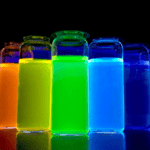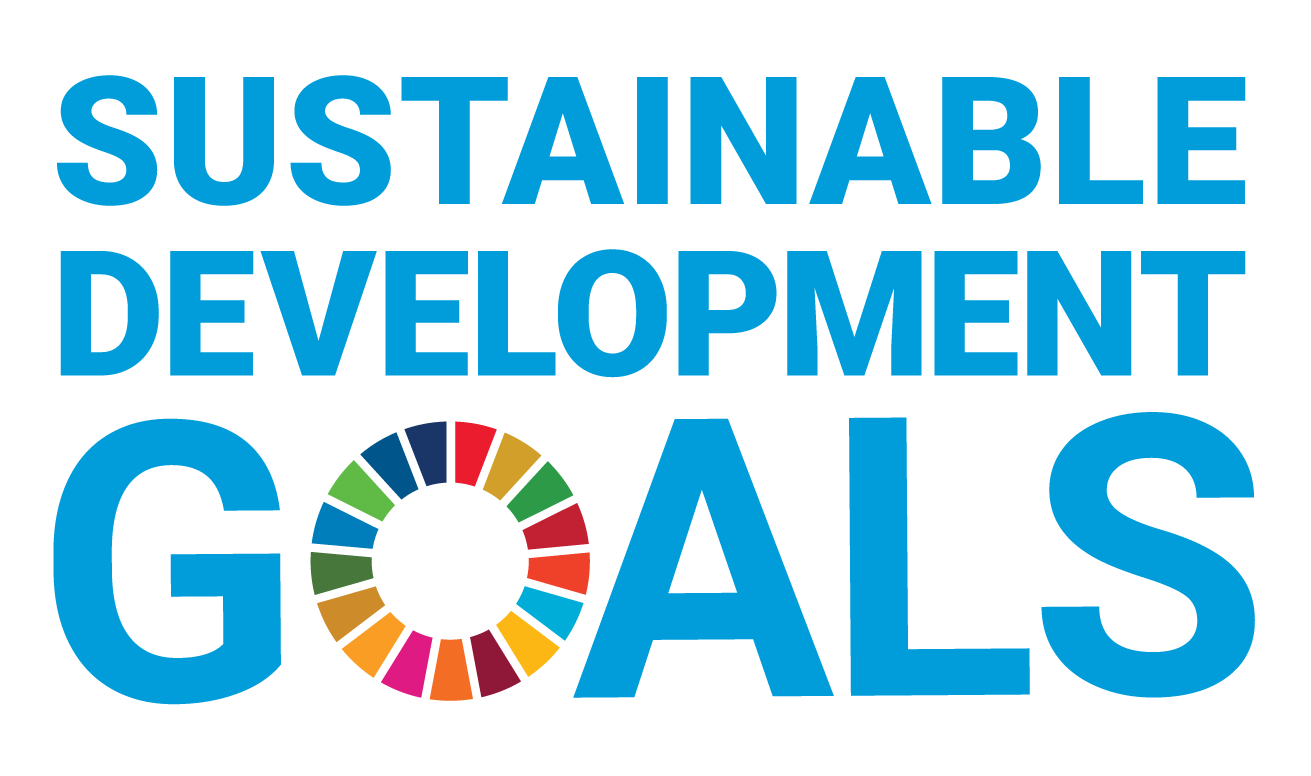 Canadian Science Publishing is a member of the United Nations Sustainable Development Goals Publishers Compact | Learn more
Canadian Science Publishing is a member of the United Nations Sustainable Development Goals Publishers Compact | Learn more
Chemistry community reacts to the sustainability challenge
In 2015, United Nations (UN) member states adopted the UN 2030 Agenda for Sustainable Development with a simple promise: Leave No One Behind. Central to this promise are the Sustainable Development Goals (SDGs), “A blueprint to achieve a better and more sustainable future for all by 2030.”
There are 17 SDGs, ranging from combatting world hunger, to fostering peace, protecting life on land and in the sea, and building partnerships. We asked members of the Canadian Journal of Chemistry‘s International Advisory Board to highlight ways in which the field of chemistry is helping us rise to the challenges set by the SDGs.
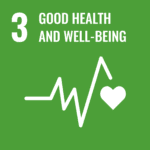
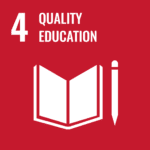
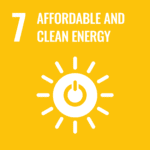
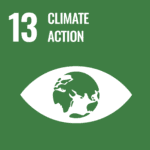
SDG 3: Good Health and Well-being
SDG 3 aims to “ensure healthy lives and promote well-being for all at all ages”. There are 13 targets to meet for this goal, demonstrating the breadth of actions to be taken. Intertwined in many of these targets is the continued development of medicines.
“Antibiotics are largely responsible for the dramatic increases in life expectancies seen in the 20th century,” explains Professor Nathaniel Martin, who works at Universiteit Leiden in The Netherlands.
Unfortunately for us, bacteria are keeping abreast of our advances, evolving mechanisms to protect themselves against medication designed to combat infections. “Antibiotics are a cornerstone of modern medicine, but increasing rates of resistance threaten the long-term viability of clinically used antibiotics,” says Martin.
Martin’s work uses bio-organic chemistry and chemical biology to understand mechanisms of antibiotic resistance. His lab group develops new anti-infective agents (medication that can combat infections, including antibiotics) and synthetic compounds that can selectively target and kill bacterial cells. “In order to maintain global health, it is essential that society maintains its arsenal of effective antibiotics,” he says.

Photo by Christina Victoria Craft on Unsplash
SDG 4: Quality Education
SGD 4’s remit to “ensure inclusive and equitable quality education and promote lifelong learning opportunities for all” is something that Professor Vicente Talanquer is passionate about.
Not only has Talanquer, who is based at the University of Arizona, won numerous educational and teaching awards, but he is also collaborating with the International Union of Pure and Applied Chemistry (IUPAC) to improve chemistry education.
The IUPAC project “seeks to meaningfully integrate systems thinking into chemistry curricula to help students develop the ability to make responsible decisions and engage in sustainable action applying chemical ways of knowing, thinking, and acting,” explains Talanquer.
Systems thinking focuses on solving problems in complex systems, which are made up of multiple interconnected parts that interact and influence each other. “It is critical that chemistry and STEM [Science, Technology, Engineering, and Math] professionals develop a fundamental understanding of the molecular basis of sustainability to be ready to participate in the design, implementation, and evaluation of actions to confront major global challenges,” says Talanquer.
How does your research support a more sustainable future?
SDG 7: Affordable and Clean Energy
SDG 7 isn’t only about ensuring every one of the 7.9 billion of us has electricity. That power must come from renewable resources and be affordable and reliable.
This is where Dr. Amir Karton, an Associate Professor at the University of Western Australia, comes in. “My theoretical chemistry lab focuses on the computational design of two-dimensional (2D) materials for chemical catalysis, hydrogen storage, and high-performance ion battery applications,” Karton says.
While high-performance ion batteries are vital for storing energy, hydrogen—and ultimately hydrogen storage—is earmarked to lead the way towards renewable energy.
But why use nano-sized 2D materials to build hydrogen storage?
Two-dimensional nanomaterials are one atom thick but extremely strong, have unique electronic and optical properties, and have a high surface area-to-volume ratio. The latter is particularly important when it comes to storing hydrogen.
Karton describes 2D material as a sheet of paper. But it’s a sheet of paper that hydrogen doesn’t stick well to. The paper needs a layer of atomic glue to be a good hydrogen storage material. Hydrogen does stick very well to certain alkali and alkaline metal atoms, making them the perfect glue.
“What we do is we take this sheet of paper and we put metal atoms on it so the hydrogen sticks,” explains Karton, adding that sometimes pores are added to the 2D material to increase the hydrogen storage capacity of the sheets.
With endless possibilities for creating 2D nanomaterials, Karton’s work, although theoretical, has an applied angle.
“It is simply not possible to comprehensively explore the vast space of possible 2D materials and their modified/functionalised variants experimentally,” he explains. “Computational chemistry plays a key role in investigating their chemical properties and in designing new 2D materials with tailored properties.”
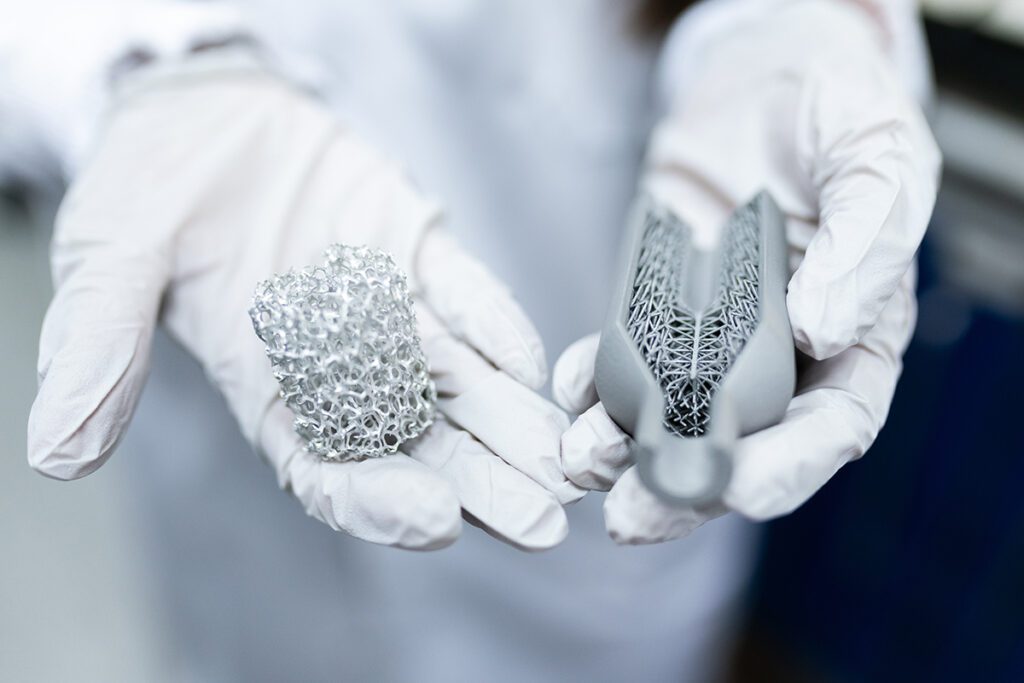
Engineered clean energy storage solutions. Photo by ThisisEngineering RAEng on Unsplash
SDG 13: Climate Action
With the climate crisis impacting almost every aspect of our lives, SDG 13 aims to “take urgent action to combat climate change and its impacts”. A tool featured in mitigation strategies is carbon sequestration technology. From nanosponges to nanofibres, these technologies capture carbon dioxide from human-generated sources and store it for a long time.
But there’s a catch. You have to efficiently separate the carbon dioxide from other pollutants, such as ammonia and sulfur dioxide, that can interfere with the carbon capture technology.
“Since carbon dioxide is known to be the primary contributor to global warming, the separation and sequestration of carbon dioxide (CO2) is one of the Grand Challenges in science and engineering,” explains Professor Catharine Esterhuysen, who works at Universiteit Stellenbosch in South Africa.
To overcome this challenge, Esterhuysen is working to understand the chemical processes involved in carbon dioxide sorption—“a generic term describing both adsorption, involving molecules trapped on surfaces, and absorption, where the molecules are drawn into a bulk phase.”
Esterhuysen studies the interactions between porous materials that might be efficient at separating the carbon dioxide from other “gaseous guests”.
“We have been able to show that electrostatic interactions are particularly important in stabilising carbon dioxide inside a framework, with the interior structure of the porous material being more important for sequestration than the size of the pores,” says Esterhuysen. “These interactions can be so strong that they can induce structural changes, with pores opening up to accommodate the carbon dioxide.”
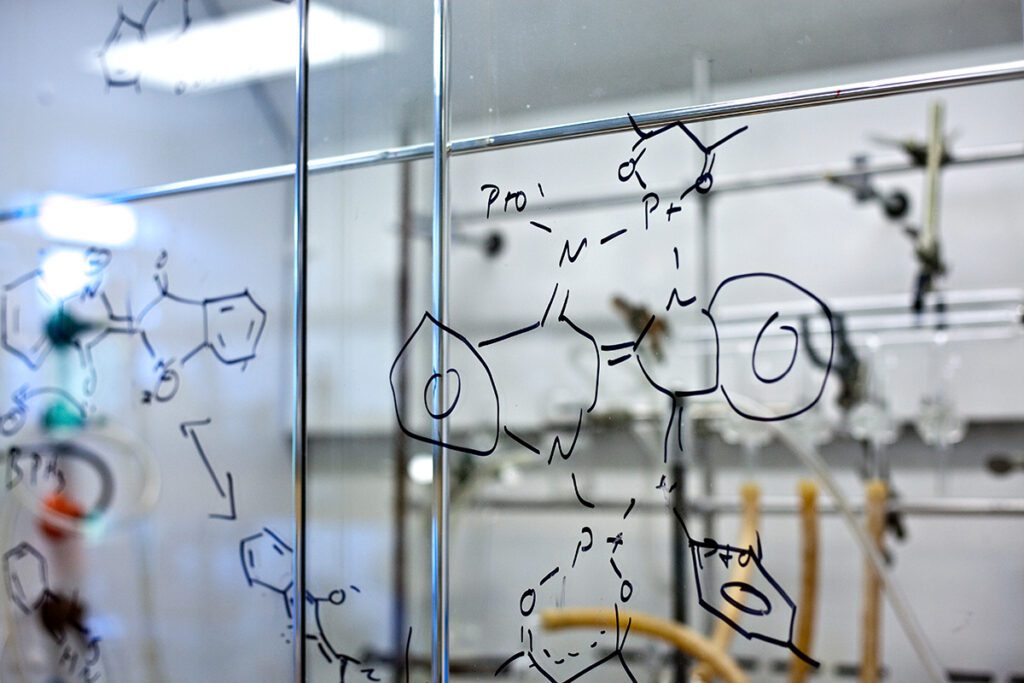
Meet the CJC International Advisory Board
Ross Boyle, University of Hull, United Kingdom
Stephanie Dehnen, University of Marburg, Germany
Catharine Esterhuysen, University of Stellenbosch, South Africa
Amir Karton, University of Western Australia, Australia
Xinyong (Oliver) Li, Dalian University of Technology, China
Nathaniel Martin, Leiden University, Netherlands
Janet Macdonald, Vanderbilt University, USA
Vincente Talanquer, University of Arizona, USA
Paul Thompson, UMass Medical School, USA




